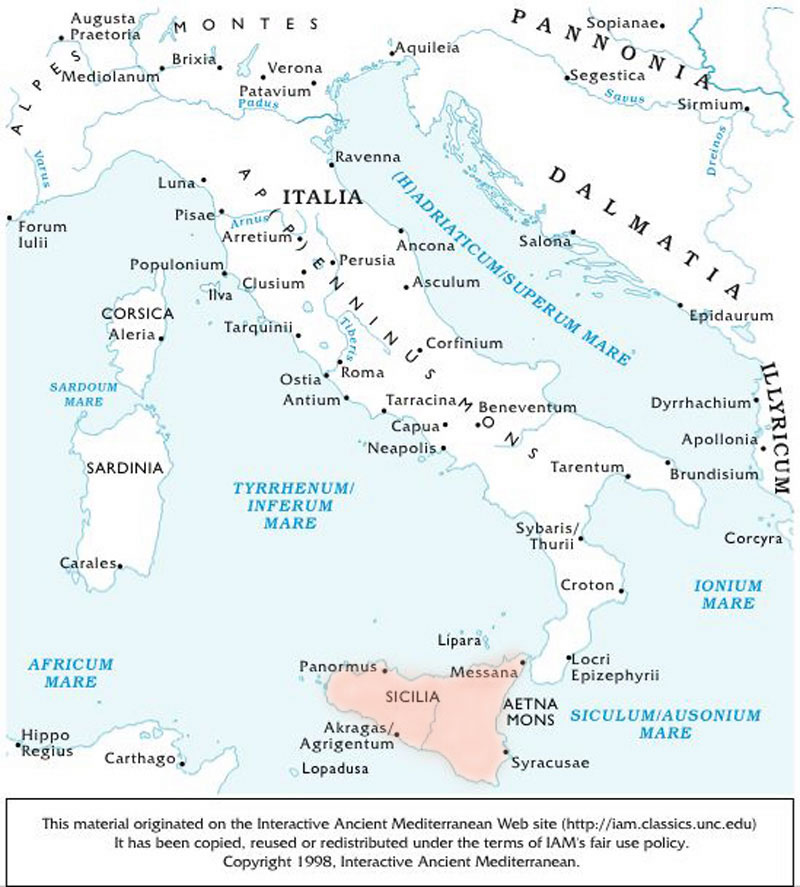Sicily was inhabited 10,000 years ago. Its strategic location at the centre of the Mediterranean has made the island a crossroads of history, a pawn of conquest and empire, and a melting pot for a dozen or more ethnic groups whose warriors or merchants sought its shores. At the coming of the Greeks, three peoples occupied Sicily: in the east the Siculi, or Sicels, who gave their name to the island but were reputed to be latecomers from Italy; to the west of the Gelas River, the Sicani; and in the extreme west the Elymians, a people to whom a Trojan origin was assigned, with their chief centres at Segesta and at Eryx (Erice). The Siculi spoke an Indo-European language; there are no remains of the languages of the other peoples. There were also Phoenician settlements on the island. The Greeks settled Sicilian towns between the 8th and 6th centuries BC. The mountainous centre remained in the hands of Siculi and Sicani, who were increasingly Hellenized in ideas and material culture.In the 3rd century BC the island became the first Roman province. The Byzantine general Belisarius occupied Sicily in AD 535, at the start of hostilities with the Ostrogoths in Italy, and after a short time Sicily came under Byzantine rule. In 965 the island fell to Arab conquest from North Africa, in 1060 to Normans, who progressively Latinized the island. In the 12th and 13th centuries the island formed a part of the Kingdom of the Two Sicilies (or Naples), and in the 18th century Sicily was ruled by the Bourbons. During the 19th century the island was a major centre of revolutionary movements: in 1860, as a result of Giuseppe Garibaldi's revolt, it was liberated from the Bourbons and in the following year was incorporated into the united kingdom of Italy. In 1947 Sicily gained regional autonomy. (Encyclopaedia Britannica Online.)
